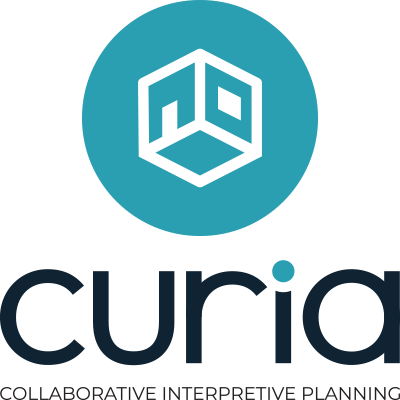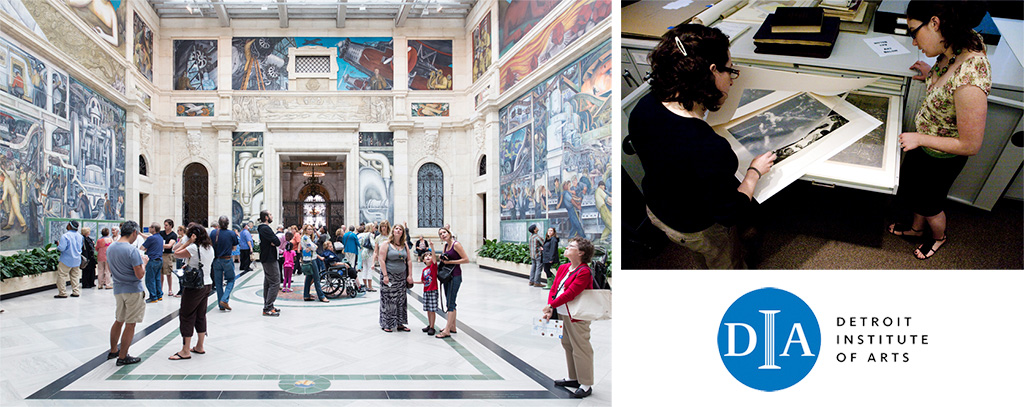By nature, museums tend to focus on the past. When it comes to technology, though, they often find themselves stuck there. It’s not the sort of issue that museum visitors or donors are likely to think about, but for those of us in the museum environment, it’s a very real and growing problem, a problem with multiple causes and too few ready solutions.
Early in November, I represented the Detroit Institute of Arts at the annual MCN Conference in Pittsburgh. MCN is short for “Museum Computer Network;” the annual gathering draws together museum professionals from across the country who are interested in finding new ways to put digital technology to work in the museum context. The interest is strong because the need is great: There is increased pressure for operational efficiency and cost-effectiveness resulting from fiscal concerns, even as attendees demand newer and better museum experiences – typically, with strong interactive and multimedia components.
At MCN, attendees spend a good deal of time discussing the needs of their respective institutions, sharing knowledge, and suggesting solutions. The unfortunate conclusion that many of us come away with is that while we’re benefiting greatly from things like virtual reality/3D imaging tools, better web technologies, faster and cheaper digital media production, and common cloud-based services, there is a large – and growing – gap when it comes to applications suited to some of our core functions.
The obvious reason is that museums operate distinctly differently than the private sector does. We do different things, and do them differently, than private businesses do. Typically, companies don’t mount exhibitions, lend multi-million dollar assets to other companies halfway around the globe, or worry about how to pack, insure, and ship a fragile 500-year-old artifact. Museums do these things as a matter of course – and typically, we have to rely on primitive or outmoded tools to do so.
What we do have in common with for-profit businesses is that we are continually called on to do more, do it faster, and do it with fewer resources. We feel the same pressure to optimize efficiency and improve quality as everyone else, but we often don’t have the right purpose-suited tools to work with, and that’s a problem. So, we wind up using email, spreadsheet applications, or pen and paper to orchestrate complex processes that could be done faster, cheaper, and better if the right tools were available.
At the DIA, we’ve taken a step towards solving part of this problem: Since we needed a sophisticated exhibition interpretive planning and project management system that didn’t yet exist, we decided to create it for ourselves. We collaborated with a team of curators, interpretive planners, and technologists to create Curia, which to the best of our knowledge is the world’s first dedicated, cloud-based exhibition planning system. The team’s understanding of the underlying technology and our exhaustive knowledge of the exhibition planning process came together to produce a tool designed to meet the needs of all participants in the planning and staging process.
With Curia, curators, interpretive planners, designers, and exhibition project planning staff are all capable of working using a common, continually-updated knowledge base; best of all, they’re able to do it together, in real time, wherever they may be. Our staff won’t have to wait for someone to send them an updated version of a spreadsheet, or dig through an endless email chain or a pile of notes to get information they need. That will save us time, energy, and money.
For us, a compelling need generated a powerful opportunity to rethink the way we worked, and create a brand new way to do that work better.
Soon, we’ll have the opportunity to share our solution with other institutions so that they can benefit as well. The Curia solution addresses only one aspect of our business, although it’s a very important one. Similar challenges in other aspects of the museum and exhibition sector are still there, waiting for someone to develop viable, economically feasible solutions. I hope that by the time we attend next year’s MCN event, more institutions and companies have started to identify the opportunities and address some of these challenges; as the custodians of our society’s collective knowledge, history and culture, we owe it to the public we serve, as well as to ourselves.



